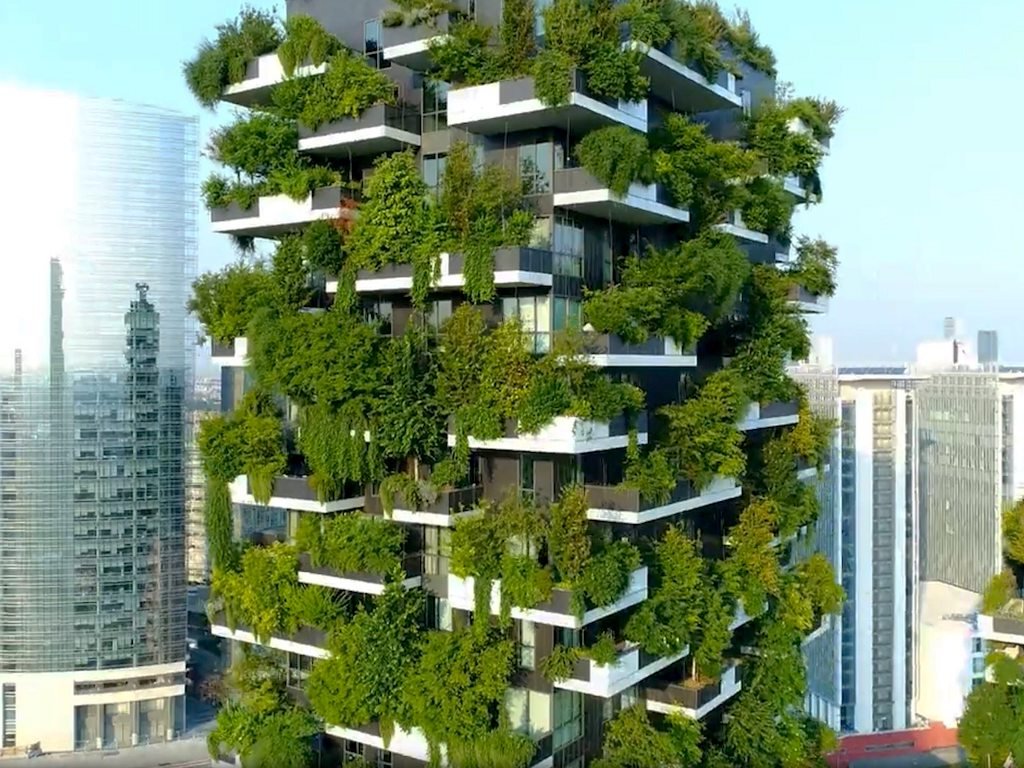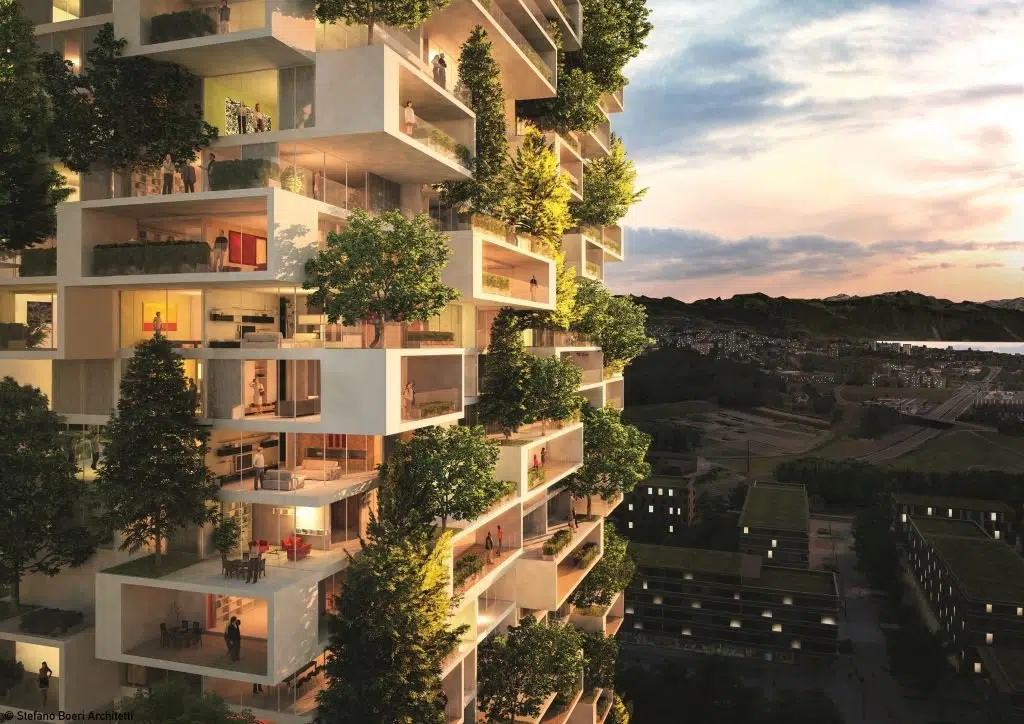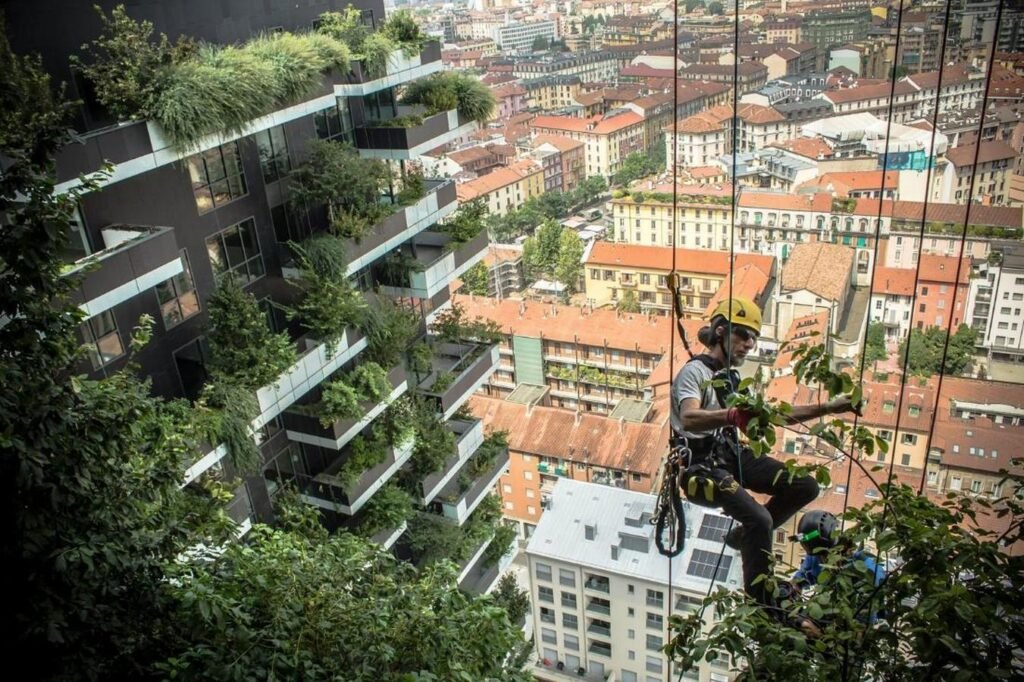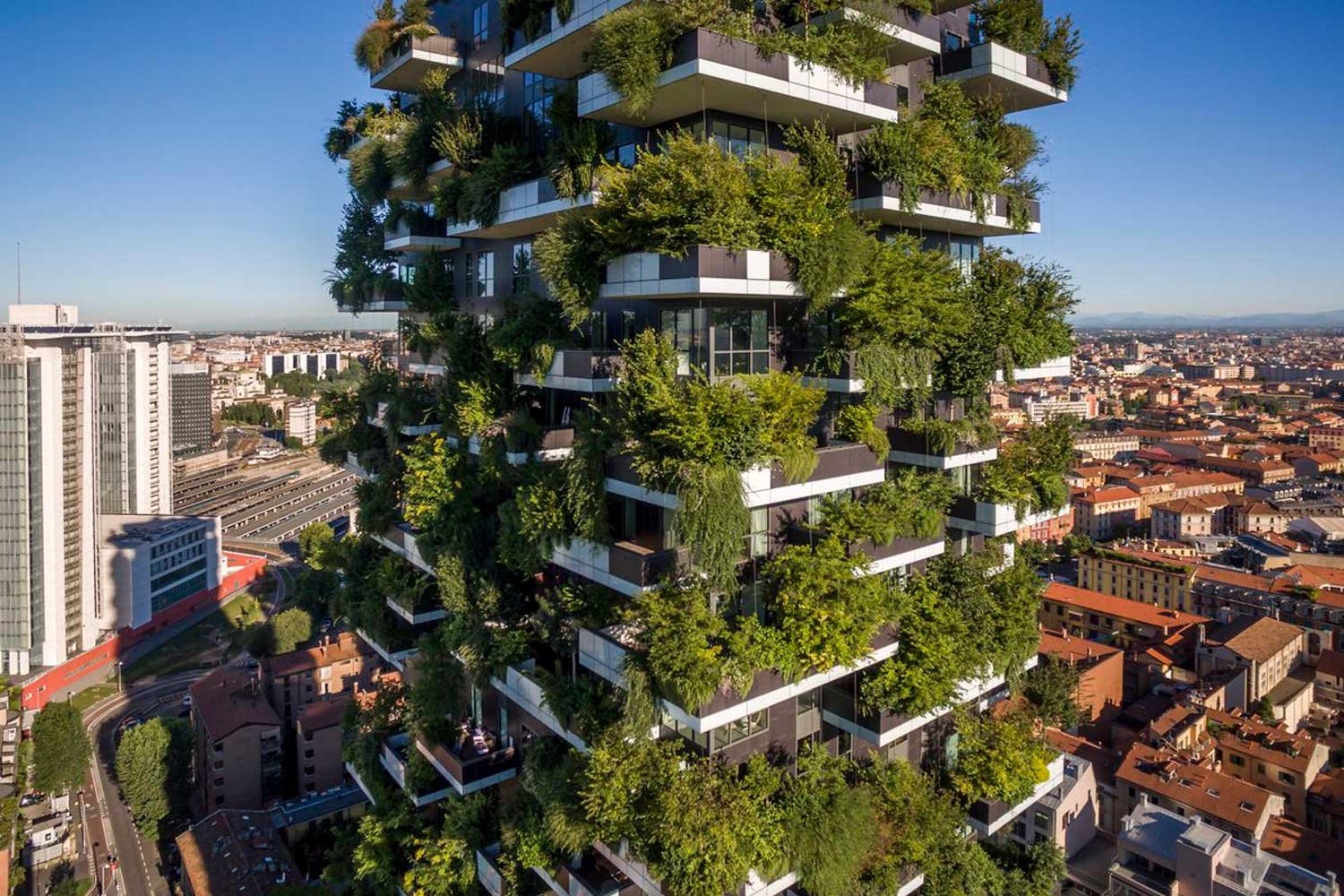The Rise of High-Rise Forests in Urban Landscapes

Urban landscapes are being reimagined as green oases through the development of high-rise forests—skyscrapers enveloped in vegetation that provide shelter not only for people but also for trees, birds, and insects. These eco-conscious buildings represent a shift in architectural philosophy, emphasizing sustainability, biodiversity, and human-nature connection. A pioneering example is Milan’s Bosco Verticale, a vertical forest that has inspired similar structures worldwide, influencing both environmental impact and the emotional well-being of urban residents.
How High-Rise Forests Took Root: The Origins Explained
In the early 2000s, traditional skyscrapers dominated city skylines with reflective surfaces that exacerbated heat and drained energy. Italian architect Stefano Boeri sought to counteract this with a revolutionary idea: skyscrapers integrated with plant life. The result was Milan’s Bosco Verticale—two towers blanketed with over 900 trees and 20,000 plants. This radical approach to architecture demonstrated that buildings could function like living organisms, cooling their surroundings and purifying air while enhancing residents’ quality of life.
How High-Rise Forests Cool Cities and Support Mental Health
High-rise forests offer measurable environmental benefits. Foliage absorbs CO2, releases moisture through evapotranspiration, and shades buildings to lower urban temperatures. These features have been shown to reduce indoor temperatures by up to 3°C, decreasing the need for artificial cooling systems.
Equally important are the mental health advantages. Research reveals that green spaces significantly lower the risk of anxiety and depression. A decade-long study in Wales linked proximity to greenery with a 40% reduction in mental health issues, especially in lower-income areas. The integration of nature into urban living is no longer a luxury but a necessity.
A Global Green Wave

Since the debut of Milan’s vertical forest, the concept has spread globally. Cities such as Denver, Antwerp, and Dubai have embraced high-rise forests as part of their sustainability agendas. In Cairo, Africa’s first vertical forest is set to break ground, while Eindhoven in the Netherlands unveiled the Trudo Vertical Forest—an affordable housing project that proves such green designs are accessible even to lower-income residents.
High-Rise Forests and Biophilic Design: Living in Harmony with Nature
Biophilic architecture harnesses the human instinct to connect with nature. These buildings include rooftop gardens, internal courtyards, vertical plant walls, and indoor forests. In Montpellier, France, The Secret Gardens residential complex reserves a third of its space for affordable housing and encourages rooftop gardening. Its designer, Vincent Callebaut, envisions buildings as carbon sinks and urban farms that make sustainability a way of life rather than a constraint.
High-Rise Forests: Encouraging Community Through Shared Green Spaces
High-rise forests are not just about aesthetics or carbon capture; they are community hubs. In Cebu, Philippines, The Rainbow Tree development includes shared greenhouses and urban beehives. These communal features encourage residents to interact, garden, and care for shared flora, creating stronger social bonds. According to Callebaut, collaboration among residents helps reinforce both environmental stewardship and social wellbeing.
Healthcare Meets Nature
Green architecture is now transforming healthcare facilities. Callebaut’s Hospiwood 21 in Belgium incorporates vertical greenery to reduce patient stress and accelerate healing. Similarly, Milan’s New Policlinico Hospital will feature an expansive rooftop garden to provide patients and staff with restorative views and fresh air. These spaces blur the line between clinical function and natural sanctuary.
Biophilia in Public and Commercial Buildings
High-rise forests are increasingly found in commercial and public buildings. Singapore’s Jewel Changi Airport showcases a lush indoor forest and the world’s tallest indoor waterfall, enhancing traveler experience while improving indoor air quality. In Amsterdam, Hotel Jakarta boasts a central tropical garden nourished by rainwater. Even art museums are adopting vertical forests: Rotterdam’s Depot Museum crowns its structure with a rooftop forest accessible to the public.
Climate Resilience and Carbon Reduction
In the fight against climate change, high-rise forests play a vital role. Taipei’s Tao Zhu Yin Yuan absorbs approximately 130 tons of CO2 annually, with its DNA-shaped structure optimizing sunlight exposure and natural airflow. These innovations reduce the building’s energy consumption by up to 30%, showcasing how design can mimic nature’s efficiency.
Maximizing Urban Land Use

Vertical forests allow for vertical expansion instead of horizontal sprawl, minimizing soil sealing and reducing flood risks. By stacking greenery, architects can preserve ground-level space for parks, wildlife corridors, and water drainage systems. These structures act like “inhabited trees,” as Callebaut describes, converting concrete jungles into living ecosystems.
Towards Entire Forest Cities
Some architects envision entire cities built on the principles of high-rise forests. In China’s Guangxi province, a forest city designed to house 30,000 people has been approved, promising to generate its own energy and ban combustion-powered vehicles. Similarly, in Mexico, the Cancun Smart Forest City awaits construction, aiming to harmonize urban development with ecological integrity.
Philosophical Shift in Urban Planning
The integration of living nature into urban spaces signals a broader philosophical transformation. Nature is not seen as a separate entity but as a co-inhabitant of our living environments. Architect Emanuele Coccia posits that “nature is our technological future,” not just our past. Urban buildings, therefore, must evolve into biosystems that support not only human life but all forms of life.
Living Nature as Urban Legacy
High-rise forests represent a blueprint for a sustainable, healthy, and interconnected future. They address both climate change and mental health, demonstrating that cities can be part of the solution rather than the problem. As more urban planners and architects adopt this model, the concrete landscapes of the past may soon give way to vertical forests that breathe, shelter, and nurture life in all its forms.




